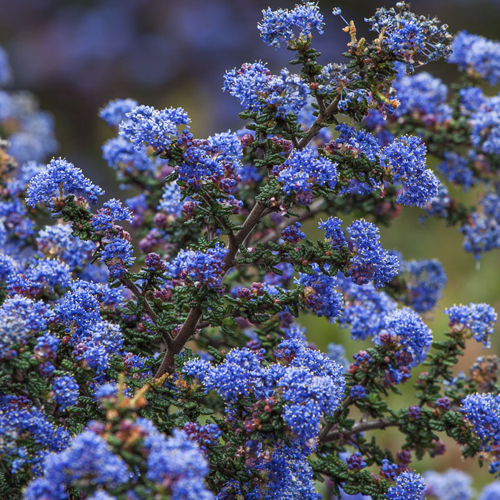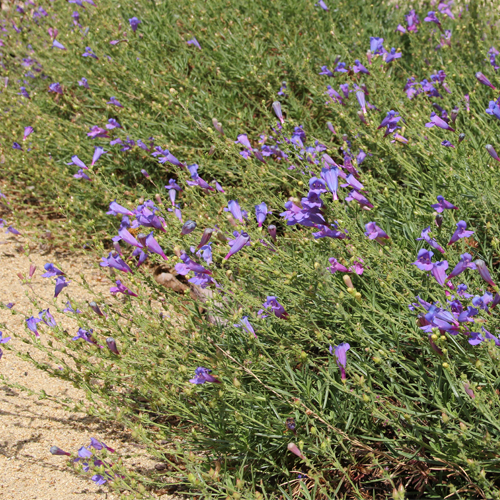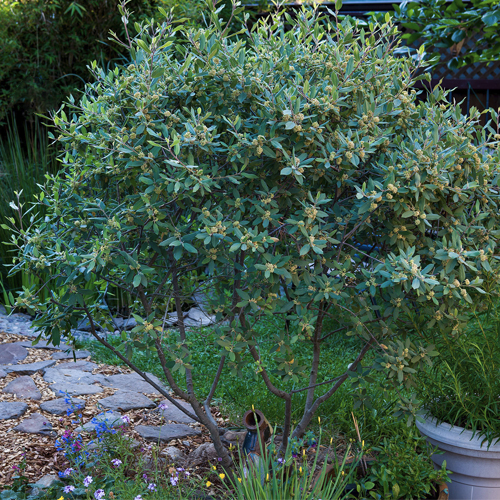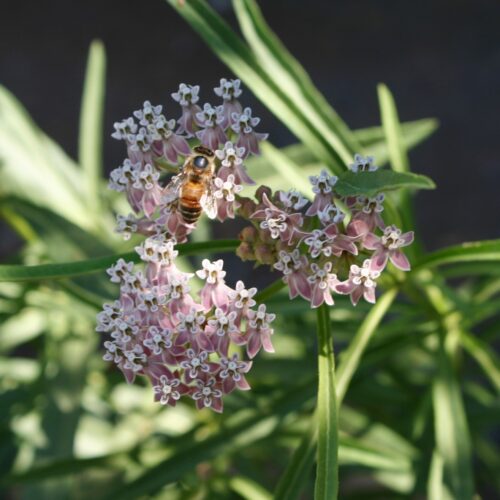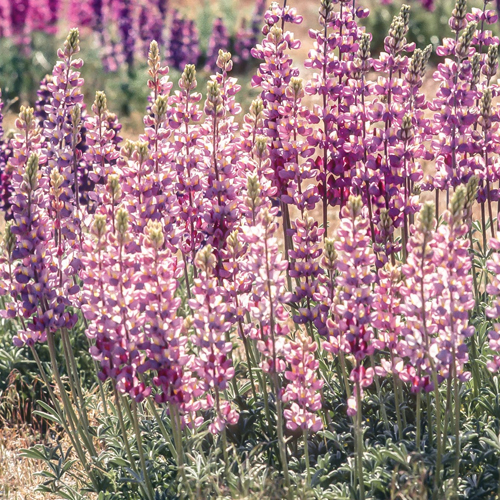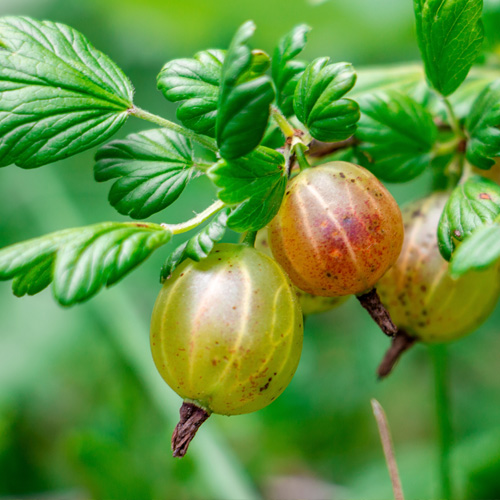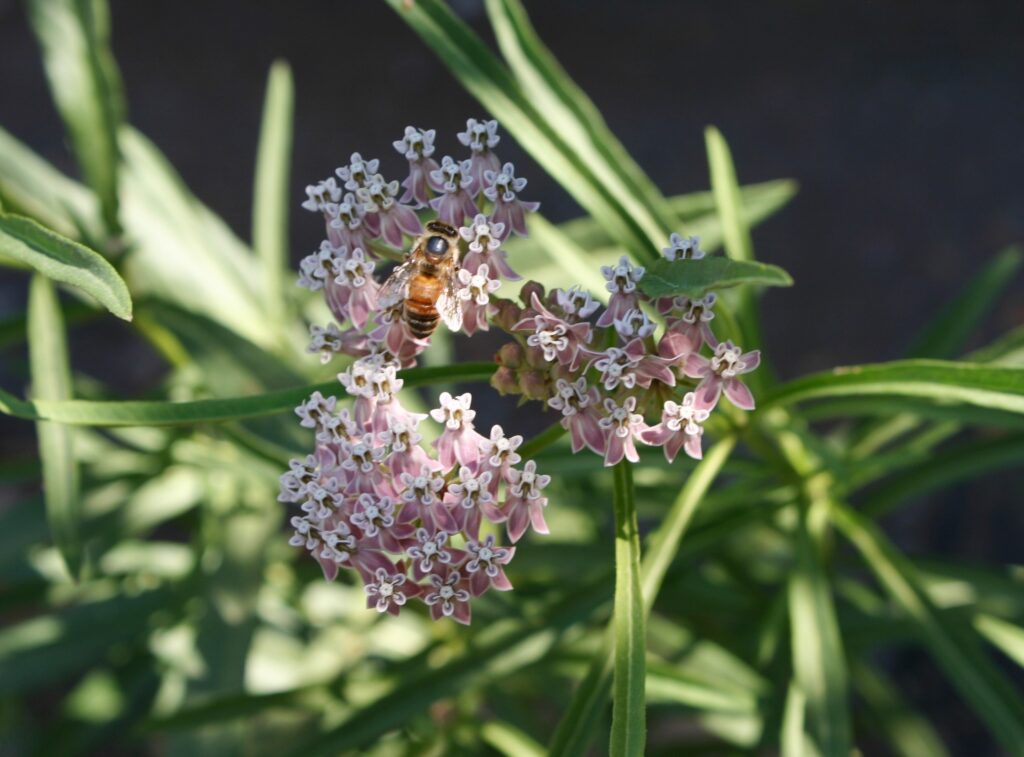The Unity Garden at Petaluma Bounty Farm
BACK TO FULL TOUR
Garden Features
Edible Garden
California Natives
Deer Resistant
Drip Irrigation
Pesticide Free
Reclaimed/Recycled Materials
Sheet Mulching
Lawn-Free Landscaping
Permeable Surfaces
Wildlife Habitat
Native Hedge
Partner: Sonoma County Master Gardeners
The Unity Garden is a demonstration and learning space of the U.C. Master Gardener program of Sonoma County. This beautifully restored section of the larger Petaluma Bounty Farm was created in 2022 when it was overrun by six-foot-tall weeds and cardoons, but with the help of dedicated Master Gardeners, it was lovingly brought back to life. These gardeners employed sheet mulching techniques using cardboard and vast amounts of arbor mulch to suppress weeds, pruned neglected shrubs, and reshaped the landscape.
Volunteer hours were integral to the restoration, with the creation of a California Native hedgerow atop a specially crafted native soil berm being one of the most notable features. This hedgerow has flourished, attracting a variety of wild birds, butterflies, and insects that thrive on native plants. Alongside the native plants, the garden also includes an edible garden, a pollinator garden, several fruit trees, and a raised demonstration bed designed for teaching visitors about gardening techniques. The Unity Garden stands as a symbol of community restoration, ecological education, and food security.
Bounty Farm is a 6-acre farm that focuses on providing fresh produce to the community, particularly those facing food insecurity.
On the day of the tour, The Unity Garden will be offering several tours throughout the day. They will also have free handouts with educational materials and also a little free library offering books and seeds to share.
This is a must-see site in our community!
Special Events
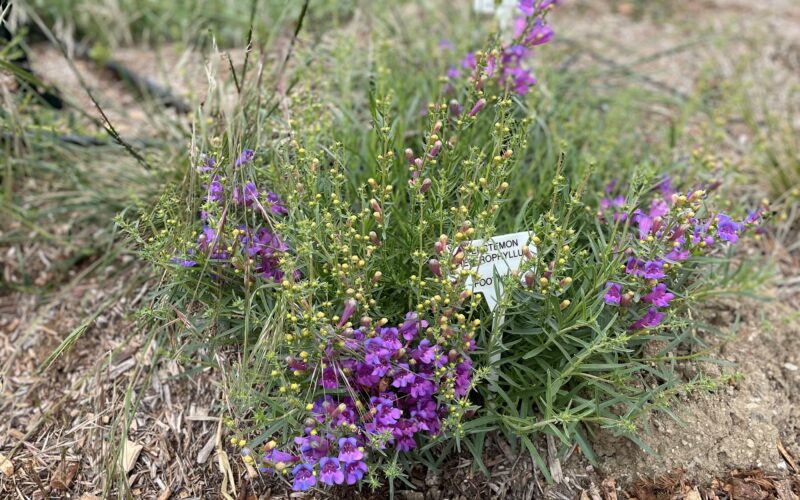
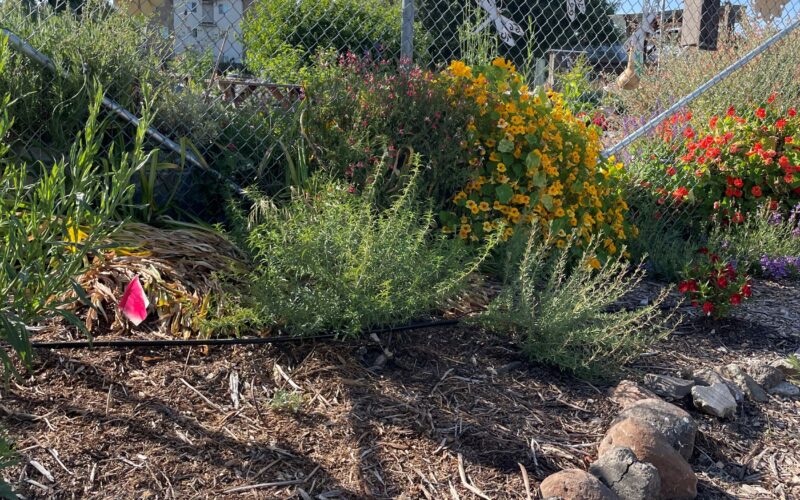
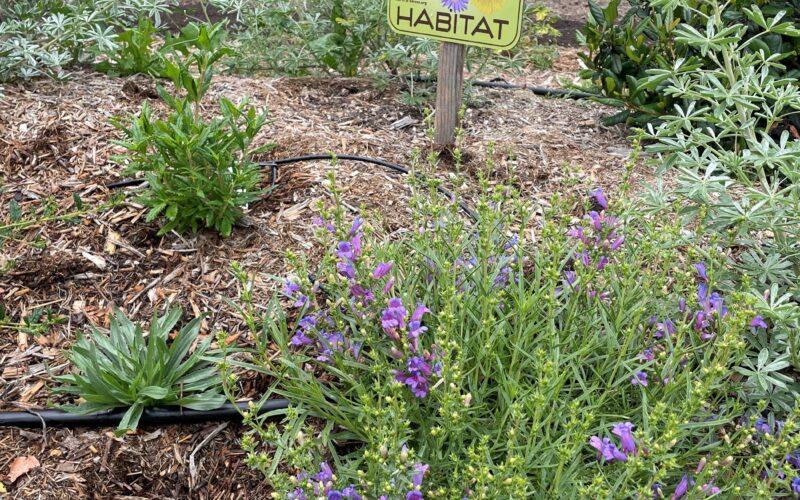
Plants in this Garden
Favorite Plants
Rhamnus Californica (coffeeberry)
Epilobium canum (ca fuschia)
Pentstemon heterophyllus (foothill pentstemon)
Ceanothus (Ca Lilac)
Favorite Garden Suppliers
Cal Flora
2990 Somers Street Fulton
Harmony Farms and Supply
3244 Gravenstein Highway North Sebastopol
